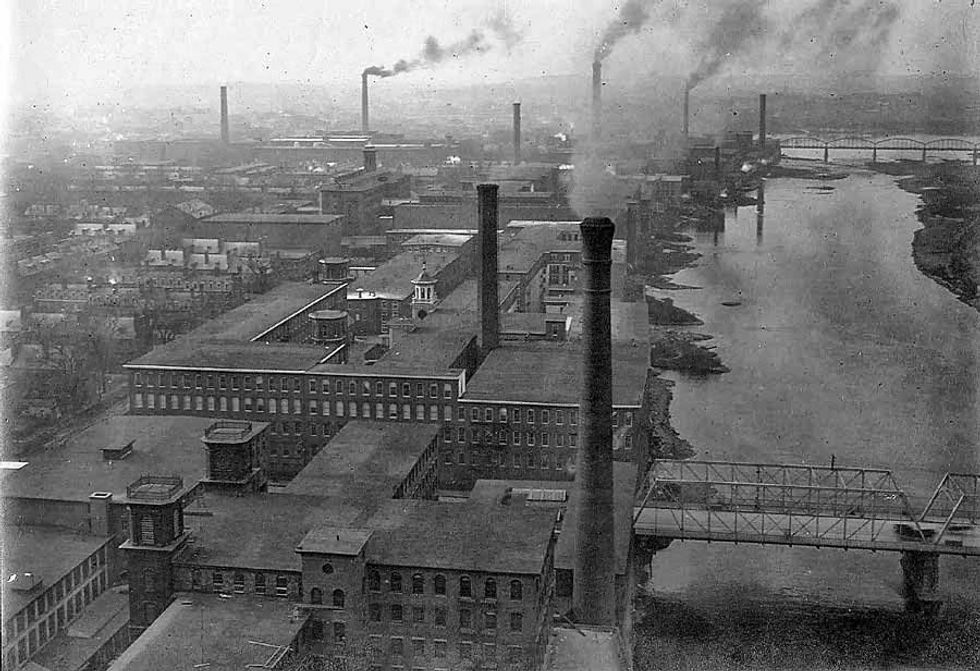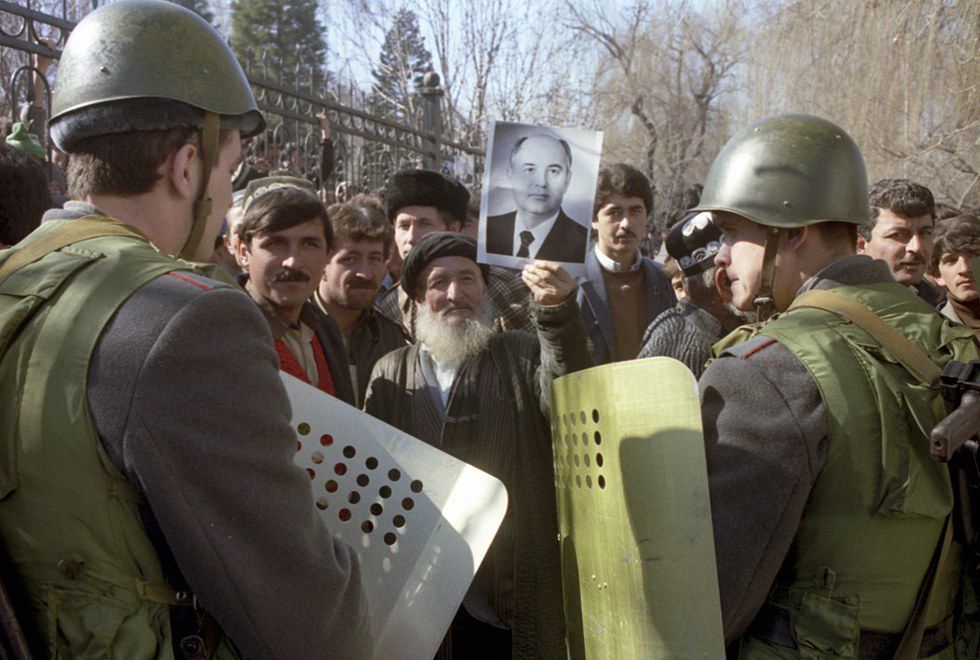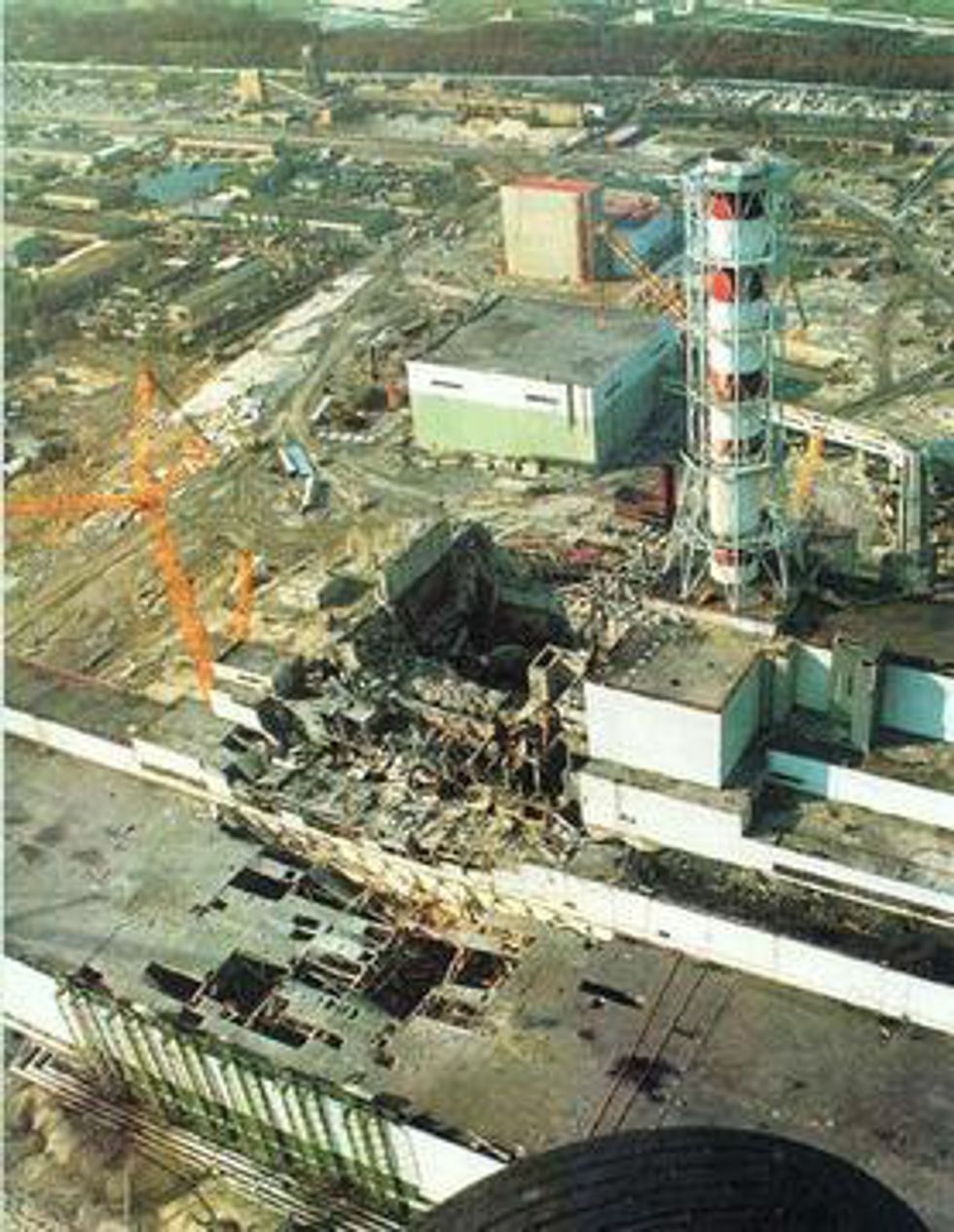By the year 1991, the USSR had expanded to a size so large that central planning became extremely difficult and inefficient. The state planners' unwillingness to allow more autonomy at the local level had resulted in failed economic policies and decentralization among the semi-autonomous republics had grown as the Marxist-Leninist state exerted its power and withheld tax revenues.
A map of the former Soviet Union.
However, the sentiments of disintegration and frustration between the Soviet Republics reflected a more fundamental collapse of social order. A strong case can be made towards Murray Feshbach argument in his work "Ecocide in the USSR: Health and Nature Under Siege,"that long term environmental neglect and debilitated medical care system caused, to a large extent, the demise of Soviet Union.
Severe water and air pollution was one major environmental failure that had disastrous consequences. Extensive irrigation and intense utilization of pesticides and defoliants to grow cotton, dried up the Aral Sea and contaminated the rivers. The desert winds in turn carried the toxic salts from the sea bed through the air causing massive respiratory diseases. Furthermore, inefficient rapid Industrial growth in the late 1900s resulted in substantial amounts of untreated, agricultural and chemical waste being dumped into the drinking water supply. Many women were unable to breastfeed their children for the fear of poisoning them. Children in the region were increasingly born with defects and residents suffered from cancer, blood diseases and chronic bronchitis. Respiratory and intestinal infections increased by 18 and 30 percent respectively from 1980 to 1987. Acute shortage of surgical equipment, qualified doctors and proper medical infrastructure had further exacerbated public health. Reports that illnesses kept nearly 4 million Soviet workers from their jobs on an average day in 1989. That alone was extremely damaging to the Soviet economy. Poor public health resulted in a weak unmotivated labour force that deeply affected the potential economic output. The USSR lost 7 billion rubles a year in sick pay and an estimated 20 billion rubles in lost production.
Gradually, people became increasingly dissatisfied with the state’s inability to ameliorate the social and economic health of the region. In many cases, protests that originated in environmental disputes quickly widened to fan ethnic tensions and complicated politicians’ efforts to hold the republics of Soviet Union under central rule. The government's popular legitimacy began to decline.
Anti-government riots in Dushanbe, Tajikistan, 1990.
Ecological activism flourished in regions that housed major chemical complexes and in the late 1980s environmental protest turned into a political threat. Specifically, in Kazakhstan where Moscow sent its filthiest industries, demonstrations transpired against being left with "poisoned land" while the center profited. The secrecy surrounding the Chernobyl disaster in 1986 and state’s inability to take responsibility for 31 people who died — and later 4000 who suffered from Thyroid cancer — further aggravated public frustration. When the state did provide some transparency in the political reformation movement Perestroika, public became aware of the true extent of national economic problems, political cover-ups and social and health failures of the USSR and the support for the regime kept declining.
The nuclear reactor after the explosion.
The activists who advocated environmental issues later became leaders who fought for wider drives of cultural, economic and political independence. The government of the USSR undoubtedly made many political decisions that resulted in its dissolution, but the role environment played in escalating public dissent and arising feelings of nationalism amidst the republics cannot be ignored.





















